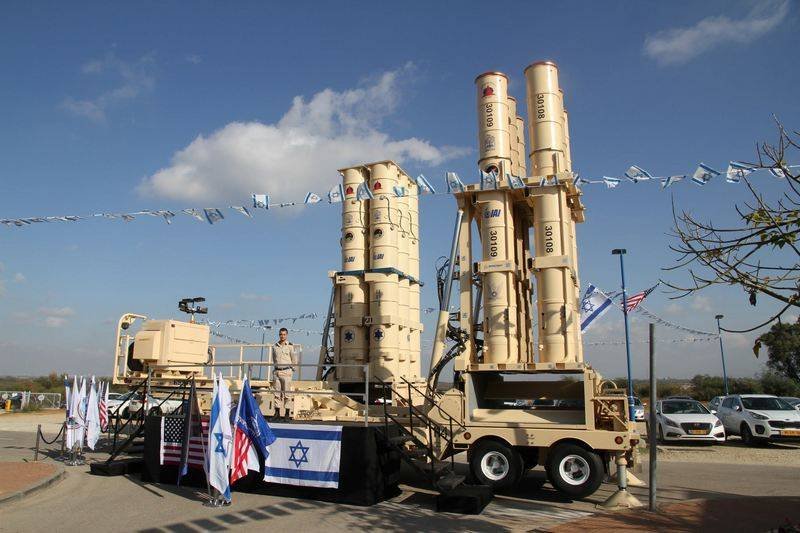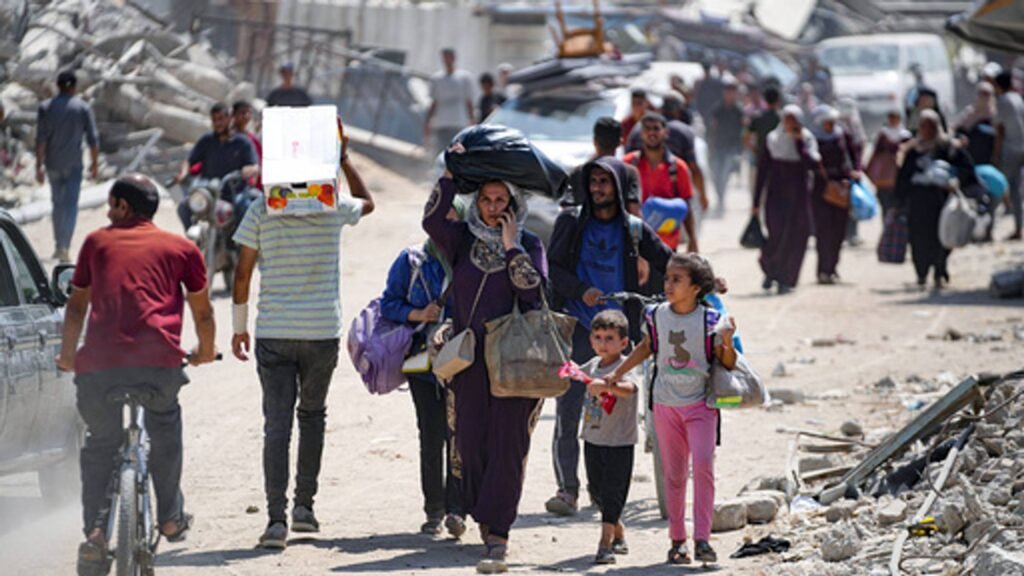Escalating Conflict in the Middle East: Israel, Iran, and the Prospect of a Wider War
Since the October 7, 2023, Hamas attack on southern Israel, the trajectory of Middle Eastern tensions has pointed increasingly towards regional escalation. While the United States has consistently expressed its desire to avoid an expanded conflict, actions taken by Israel, particularly under Prime Minister Netanyahu, have created the conditions for further confrontation, involving not only Gaza but also Lebanon and Iran. This expansion has drawn mixed responses from the international community and has amplified the strain within Israeli society, which is experiencing unprecedented levels of division and stress.
Rising Tensions with Iran: Strategic Ambitions and Escalations
Following the assassination of Hezbollah leader Nasrallah, Israeli forces escalated their military efforts, including strikes aimed at Iranian nuclear and military sites. Despite U.S. President Biden’s calls for “proportional retaliation,” tensions continue to spiral. Israel has used Iran’s retaliatory strikes as a pretext to push for further military support from the United States. American defense systems, including advanced missile interceptors, have now been deployed in Israel, with additional U.S. personnel stationed in the region. This American presence heightens the stakes; any future Iranian attacks that result in U.S. casualties could lead to direct U.S. involvement. Iran, though divided on its strategy, has demonstrated restraint.
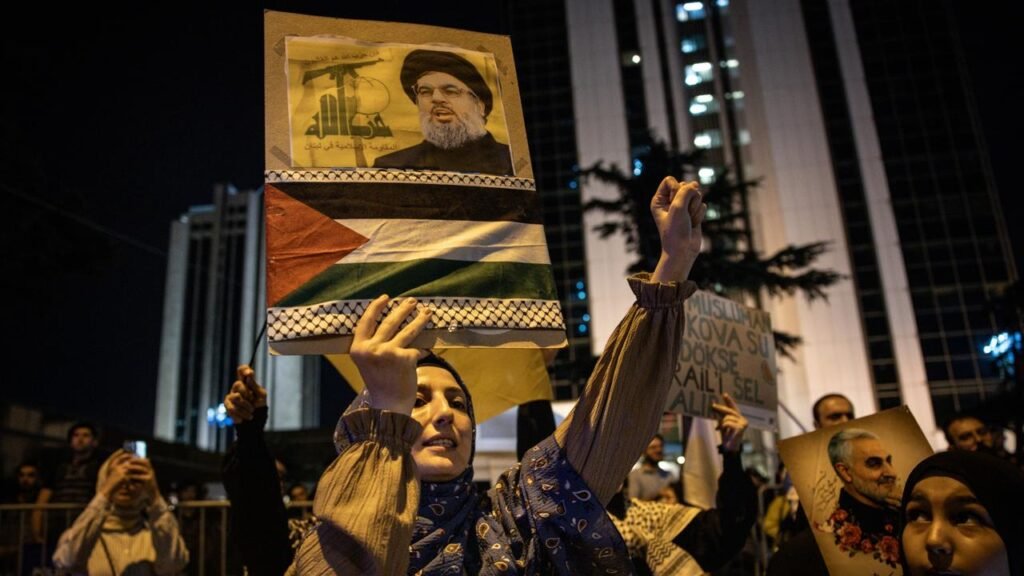
The recent change in Iran’s presidency, with the election of Pezeshkian, a moderate, reflected an initial willingness to pursue negotiations. However, internal pressures, particularly from conservative factions, have forced a tougher stance, with Iranian missiles recently targeting Israeli military facilities. Although Iran signaled these attacks to prevent further escalation, Israel’s continued provocations suggest that a larger conflict may be inevitable.
Divisions Within Israel and Growing Domestic Strain
The strain on Israeli society has become increasingly visible, with divisions deepening over the government’s handling of the conflict. The civilian population is under enormous stress, facing frequent missile threats and disruptions to everyday life.
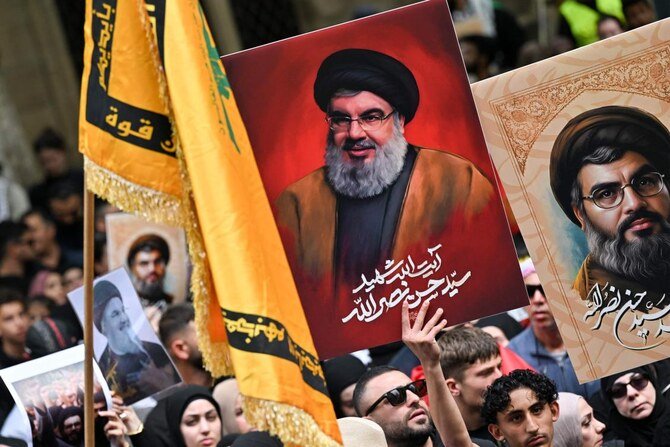
Economically, Israel has been severely impacted: industries such as construction and agriculture are stagnating, and many companies are on the verge of collapse.
Public sentiment has begun to shift, with a substantial portion of the Israeli population now advocating for a ceasefire to secure the safe return of hostages held by Hamas. Netanyahu’s dismissal of these concerns has led to widespread discontent, including protests involving hundreds of thousands of Israelis and a short-lived general strike. This dissatisfaction has eroded support for Netanyahu’s coalition, and recent polls indicate that he would likely lose a majority if elections were held today. To divert attention from these internal divisions, Netanyahu has directed focus towards Hezbollah, presenting it as a more formidable threat than Hamas.
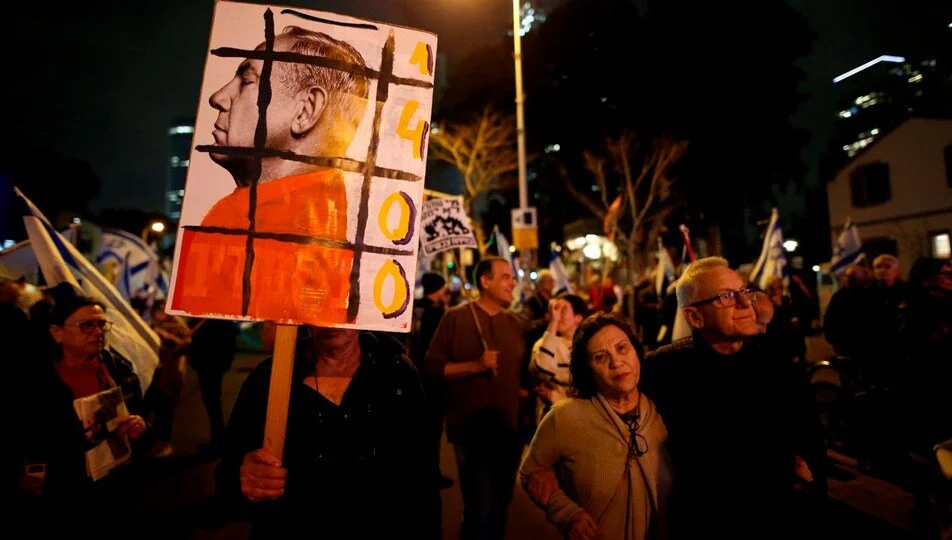
This strategic pivot has garnered increased support for military action against Hezbollah, particularly among Israelis who see the group’s capabilities as a greater danger to Israel’s security. The current Israeli operation in southern Lebanon, aimed at undermining Hezbollah’s infrastructure, is a continuation of this tactic, despite the significant risks it poses.
The Military Challenge in Southern Lebanon
Hezbollah, with its advanced weaponry and experienced fighters, presents a more substantial military challenge to Israel than Hamas. While Israel’s initial attacks on Hezbollah leadership inflicted damage, Hezbollah remains resilient and prepared to defend its territory.
Recent engagements in southern Lebanon have already led to high casualties among Israeli forces, signaling that a prolonged conflict could be far more challenging for Israel than its operations in Gaza.
Netanyahu’s claim of a quick and decisive operation in Lebanon is increasingly questionable. Israeli intelligence may have successfully penetrated parts of Hezbollah’s communication networks, yet Hezbollah’s determination to defend southern Lebanon suggests that Israel could face a drawn-out conflict with significant losses.
The Role of U.S. and Allied Forces
The United States has expressed support for Israel’s right to defend itself, but Biden’s administration remains wary of full-scale involvement in another regional conflict. Nonetheless, U.S. military support for Israel, including the deployment of THAAD missile defense systems, underscores a commitment to Israel’s security, even as it risks entangling American forces in direct confrontation with Iran.
The involvement of other NATO allies, notably the United Kingdom, which has increased its military presence in Cyprus, further internationalizes the conflict. Any further escalation could compel additional NATO countries to offer support, despite concerns over the broader implications of a prolonged regional war.
The Global Implications of a Potential Wider War
A significant regional war in the Middle East would have far-reaching global repercussions. The disruption of oil supplies and trade routes, including the Strait of Hormuz and the Suez Canal, could severely impact the global economy, which is already facing recessionary pressures. The price of oil has shown marked sensitivity to the evolving situation, with even minor escalations causing spikes that impact economies worldwide.
Meanwhile, major world powers are increasingly polarized in their alliances. Iran and Russia’s alignment, driven partly by Western sanctions, has strengthened in recent years. Reports suggest that Russia has offered technical support to Iran, which has enhanced the precision of Iranian strikes.

This developing alliance, potentially involving China as well, contrasts sharply with the NATO-led support for Israel, creating a complex geopolitical landscape that mirrors Cold War dynamics.
Domestic Consequences for Western and Arab Societies
The deepening conflict is resonating beyond the Middle East, particularly in Western nations where public sentiment is increasingly critical of governmental support for Israel’s military actions. This is especially apparent in the United States, where rising involvement in the Middle East could influence the upcoming presidential election. Growing anti-war sentiment among American youth and workers recalls the social unrest during the Vietnam era, as citizens question the rationale behind extensive foreign military commitments.
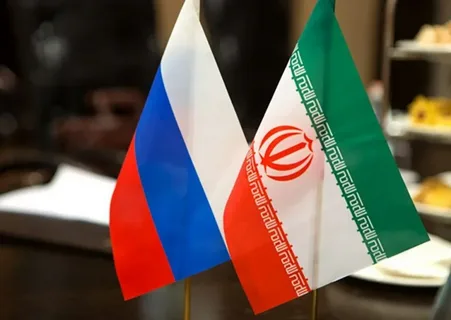
In the Arab world, the economic and social strains exacerbated by the conflict are pushing regimes in Egypt, Jordan, and other nations to the brink. These governments, heavily reliant on Western aid and constrained by International Monetary Fund policies, face mounting domestic pressure. Public opposition to their governments’ cooperation with Western policies is leading to instability, as seen in the recent protests in Jordan. Such unrest threatens the stability of these regimes, which must navigate a delicate balance between foreign alliances and popular dissatisfaction.
A Call for International Diplomacy and Ceasefire
As the Middle East stands on the precipice of an even larger conflict, the need for diplomatic intervention is urgent. Calls for a ceasefire, along with renewed efforts for a peaceful resolution, are critical to preventing a full-scale regional war. For any sustainable peace to be achieved, diplomatic efforts must address the underlying causes of the conflict, including Israeli-Palestinian tensions and the rights of affected populations across the region.
In this precarious moment, the international community faces a choice: to engage constructively in de-escalating tensions or risk a conflict that could engulf not only the Middle East but also major powers worldwide. A balanced approach that prioritizes diplomatic solutions over military escalation remains the only viable path to long-term stability.
